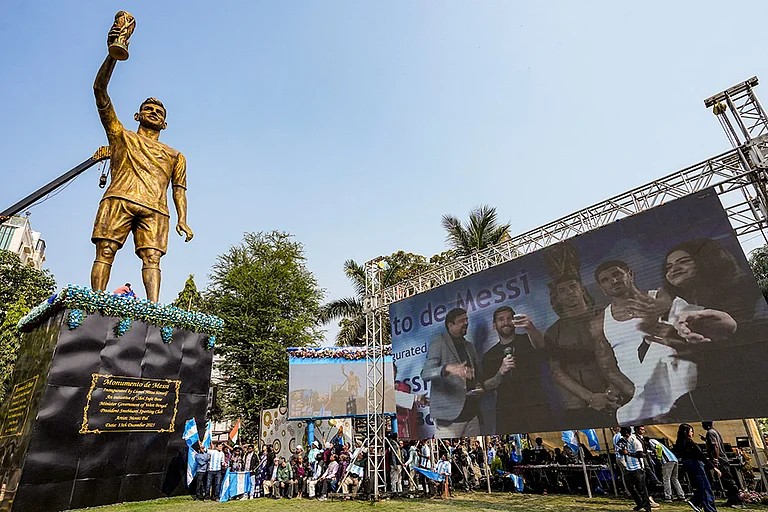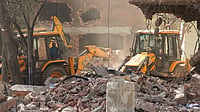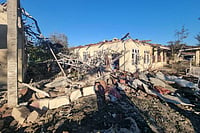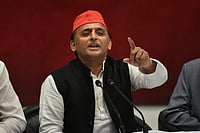RIDING the Nuclear Tiger was published in May 99. Normally, thiswouldve been recent enough to remain topical. But the books been overtaken byevents the flashpoint in Kargil and the lesser incursions that continue along theIndo-Pakistan border.
These developments confirmed that Pokhran-II, followed by the Chagai nuclear blasts inPakistan, have contributed nothing to Indias security. Rather, theyve createdinsecurity. Fears that nuclear parity may tempt Pakistan to create sustained bordertension to keep the Kashmir issue alive have come true since its strategists are confidentthat India will be deterred from hitting back. This evidence on the counter- productivenature of nuclear weapons for India wouldve helped strengthen N. Ramsdemolition of the case for such expensive weapons.
Although Kargils helped demonstrate the strategic insecurities of trying tostraddle the nuclear tiger, its political repercussions have turned out to be diff e rentfrom those visualised by Ram. He paints India as isolated, and fearful of sanctions, whichit was after Pokhran- II. The picture s changed today. Never have the industrialisednations, led by the US, supported it so openly. Even Beijing, despite the anti-Chinaflavour given by New Delhi to Pokhran-II, hasnt supported Pakistan. Here the nuclearfactor seems to have gone in Indias favour. The big powers seem to have beenprimarily influenced by the desire to oppose any action that could lead to a nuclearconfrontation. In Kargil, Pakistan was clearly the offender.
Thus we have a strange situation, which few had anticipated. On the one hand, thestrategic justification of Pokhran-IIs been exposed as hollow. Its deterredIndia more than Pakistan. On the other, the international consequences have favouredIndia. The great powers have shown themselves keen to display their opposition to militarymoves which could upset the status quo in the subcontinent and such moves usually emanatefrom Pakistan. International interest, of course, carries the risk of intervention, whichhas gone against India in the past, but may not do so now.
Rams is a black-and-white thesis. He is at his best describing the immorality ofnuclear weapons, exposing the flaws and high cost of nuclear deterrence, backed byconvincing documentation. But the thesis is marred by his desire to blame the "HinduRight" exclusively for last years tests. Yet Pokhran-II cannot but recall thePokhran-I blast in May 74. Even then, nobody was taken in by the excuse that itspurpose was peaceful. The test was part of a continuing campaign to develop the militaryaspect of the nuclear energy programmes that India began in the 50s, a processaccelerated after Chinas Lop Nor tests in 64. Secret preparations in Pakistanand possible threats from China were used to justify Pokhran-I, but the need to refurbishMrs Gandhis domestic image might have triggered the device.
Since then, every government of India has retained the "nuclear option". Alarge number of scientists and strategists has consistently supported a military programme, and received considerable government funds for the purpose. A fusion of the politicalneeds of the Vajpayee government with the latent ambitions of the military - scientificestablishment seems to have created the same critical mass that led to Pokhran-I. According to Ram, however, the Hindu Rights Pokhran-II subverted Indiaspeaceful nuclear policy, but Pokhran-I didnt. The continuing eff o rt by allgovernments to ensure that India remained a screwdriver turn from creating nuclear weaponsis also not seen as subversion. I share his views on the immorality and the futility ofnuclear deterrence, but its votaries are not limited to the Hindu Right. The mainproponents of this pernicious doctrine are bureaucrats, scientists and serving and retiredmilitary officers. He should not forget to target them.


























